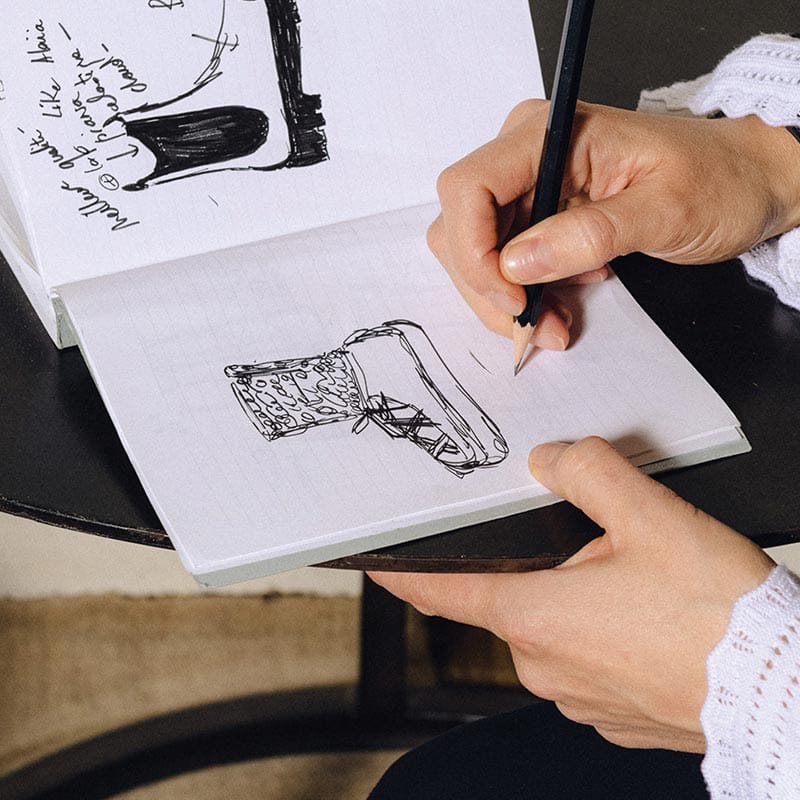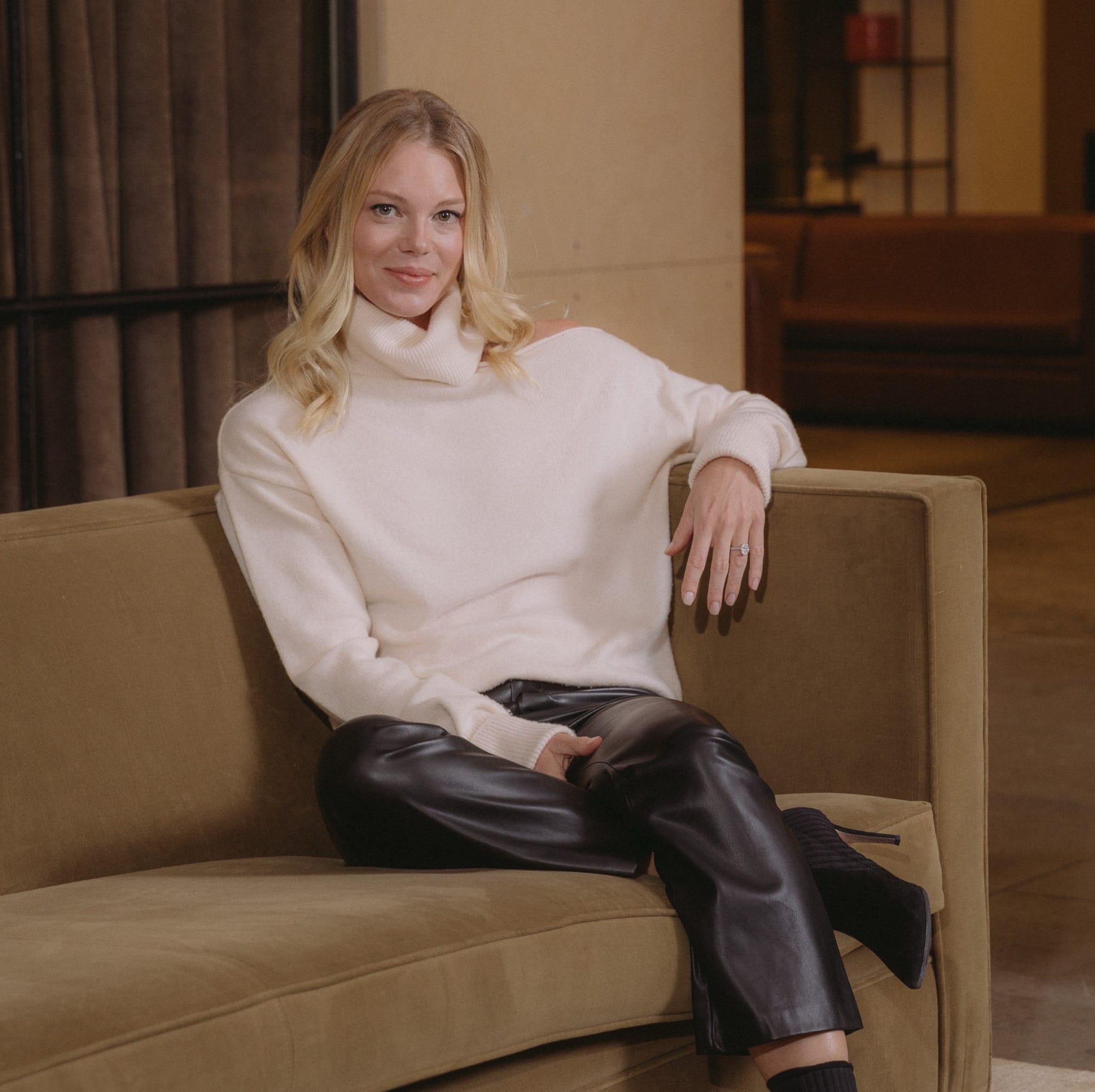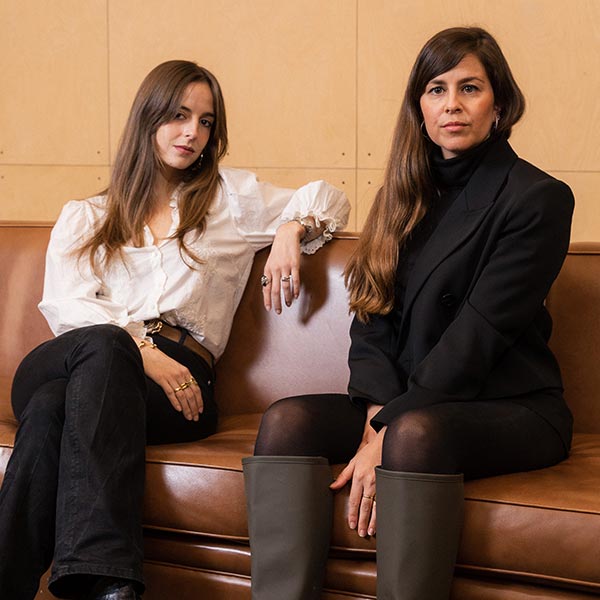By merging marketing, branding, social innovation and the arts, global thought-leader and visionary Everard Findlay aims to generate solutions through deeper bonds — with each other and the planet.
For the past 20 years, Everard Findlay has built strategies for global leaders, with the core value of creating opportunities for greater cross-disciplinary understanding, innovation and growth from countries to cities, regions, corporations, recording and visual artists, Ivy-league universities and foundations.
Inspired by long friendships working across the globe in every socioeconomic stratum with many different cultures, Findlay aims to build communities through the creation of activations and spaces where radical and lasting connections can occur as we move together toward the future.
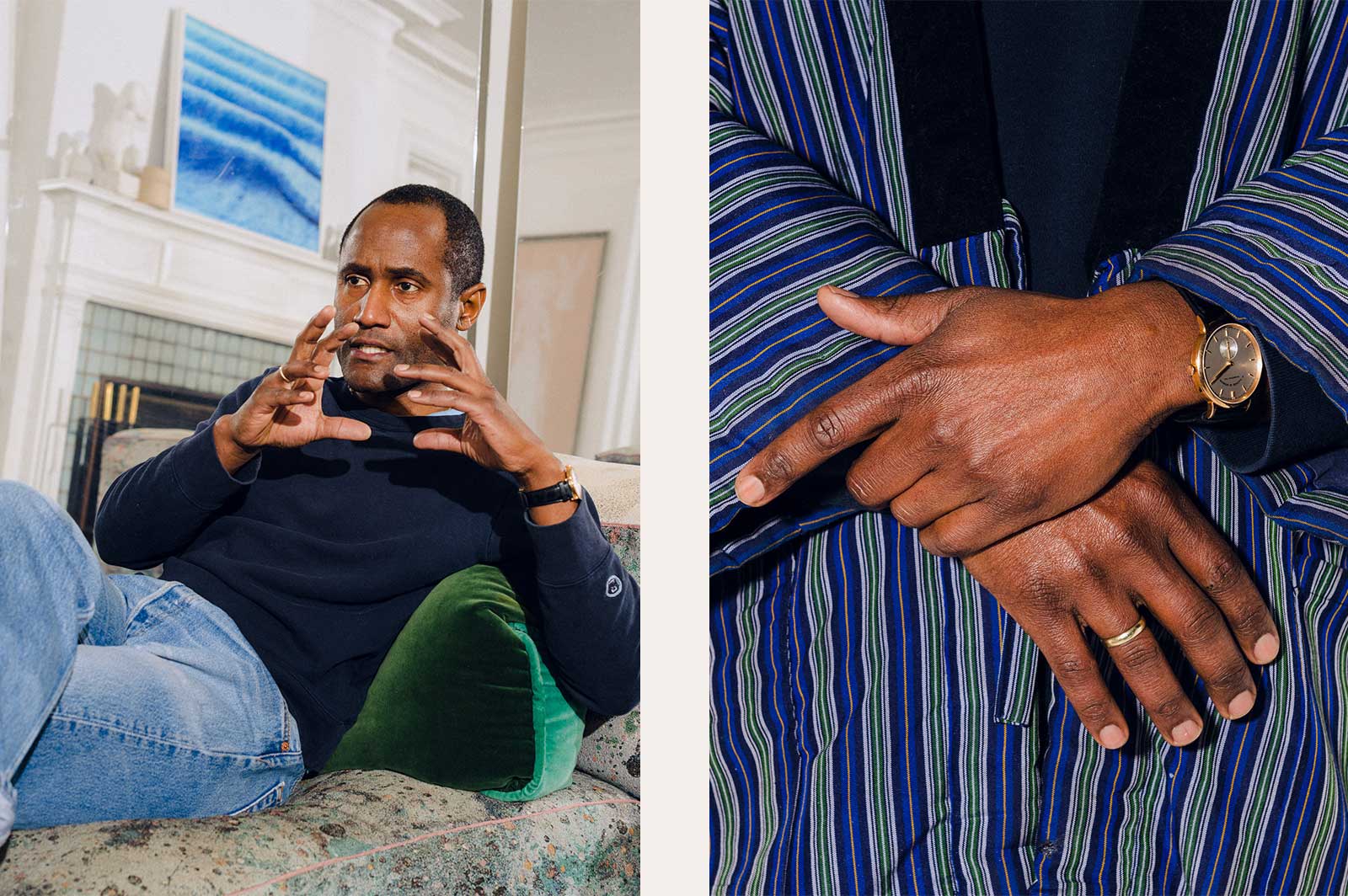
Tell us about yourself. Your background, where you grew up, etc.
I was fortunate to grow up in an independent country rich in resources and culture, Trinidad and Tobago. My friends hailed from around the world and were of all racial and cultural backgrounds. My father was the president of the safety and environmental council for the country, and we lived in a nature preserve not far from an oil plant where my father worked. It was a juxtaposition of heavy industry and natural beauty where kids had free reign. My days were spent surfing and playing football (soccer), fitting 5 people on a bicycle. There was a bird sanctuary in the compound and as boys, we would try to capture caymans with rope and PVC pipe while scarlet ibises watched warily. I grew up celebrating Diwali and seeing mosques next to temples and churches. I was an early entrepreneur —buying fruit and vegetables from the market to set up a stand on the corner with my childhood friend Mitch. I left for college but Mitch turned the business into a full-fledged grocery which still exists. My aunt helped me with accounting. I had a haircutting hustle for every type of hair — “Findlay’s Fashions.” All the guys would come by on Friday nights for a trim — if they came too late and I had to change clothes, they had to pay extra. We really were from all over, so I was used to being with very different kinds of people.
My parents were both Trinidadian, but they had unique backgrounds; Mommy — Merle — lost her parents at age 2 and grew up in poverty but was the richest person I ever knew. I spent a lot of time going back to her community with her to tea parties at the YWCA and bringing food and supplies to people. I did not want my brothers to know how much I enjoyed the tea parties. She passed away right before Covid-19, and people were calling her “The Mother Teresa of Trinidad.” It seemed as though the entire country showed up to her funeral — probably twenty people came to us and said, “Merle was my BEST friend.” All kinds of stories came up about how she helped this or that person.
My father grew up with a lot of privilege and worked internationally in oil and gas. Once, Prime Minister Patrick Manning was at our house for dinner, and my mother put my father in an uncomfortable position by challenging the PM to improve the way he took care of struggling people. I think her delicious cooking and gentle charm disarmed everyone. I saw how the life experience of each of my parents enriched the other, so I think that laid the framework for comfort and curiosity about different sorts of people with very different experiences.
How did you get into the work that you do, and where did your journey begin?
It’s actually a hard question to unpack because it has all happened so organically over many years. Very early on, shortly after finishing university (I had come to the States for soccer and an academic scholarship to study communications), I embarked on a quest to make a difference in one challenged neighborhood through strategy. After much research and many discussions with locals, we realized that kids got derailed because of being unable to physically get to school. Schools were good and free, but transportation was very costly. As a result, the kids didn’t have many options. So we designed a system that utilized used cooking oil from cruise ships and oil tankers to be converted to biodiesel at the ports to fuel school buses. People from our New York community rallied in support of this effort. I began to see the value in collaborating — people now say co-creating — with community leaders with no judgment — a crime lord and global economic advisor, an artist and a teacher each have something valuable to offer. To my surprise, these projects began to be recognized by global thought leaders, Ivy Leagues and institutions like the UN, which led to other projects. Each one is a pleasure because it is a whole new exploration and opportunity to learn.
“The only way forward is through collaboration...it opens the possibility to work together to solve problems that are pressing us as a world. It can even inform which questions to ask, or what the problems are that need solving.”
Your work crosses many industries and disciplines — from rebranding countries to working with shamans and heads of state, what drew you to this type of work? How did you find yourself working on such a diverse range of projects within the humanities and sciences?
In my experience, I have learned that the only way forward is through collaboration. It’s true that the fields are so diverse, but people are the common thread. Owners of the most expensive real estate in the world are directly connected to houseless people living close by. The fisherman in the fishing village is directly connected to the Minister of Trade and Industry because the decisions that are made by both affect the entire country. If trawling is allowed and fish disappear, it may open the door to trafficking. Once people recognize each other, it opens the possibility to work together to solve problems that are pressing us as a world. It can even inform which questions to ask, or what the problems are that need solving.
Tell us about Planetary Self. What is the origin story and the mission?
Planetary Self is based on the notion that each person has an undeniable connection to the planet, and to the self. Planetary Self Institute is a space to explore these relationships. Planetary Self is also an organizational strategic principle that allows us to suspend judgment in order to collaborate. The implicit goal of any of our projects, gatherings, dialogues, developments, endeavors, etc. is to generate solutions through deep bonds. Planetary Self was inspired by long friendships built up working across the globe in every socioeconomic stratum and with many different cultures, learning through failures and successes. Planetary Self aims to find ways to bring all of us toward the right relationship with each other and the planet.
I was once working with a shaman who was said to have healed cancer through his knowledge of plants. I went from a meeting with him in the jungle directly to a meeting with a government official in the statehouse. While they both wanted the same thing — health and well-being for the country — they were not seeing eye-to-eye about how to achieve that. On one hand, the government official had the economic well-being as his primary concern — which came mostly from mining. The shaman had the well-being of the forest as his highest value and saw no disconnect between the forest and the people. Through Planetary Self strategies, we found ways to bring divergent needs toward consensus.
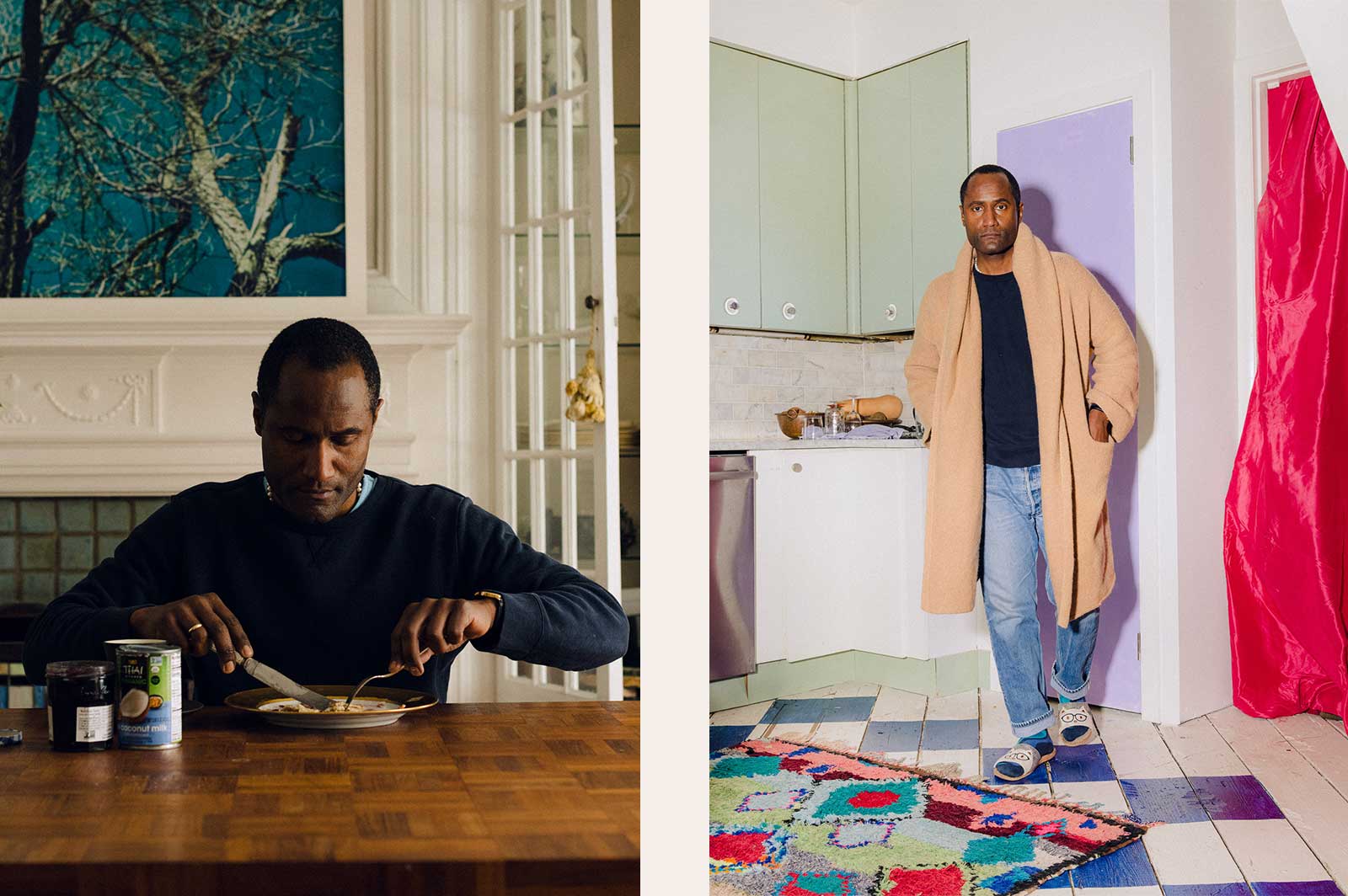
What initiatives are you working on to bring Planetary Self to life?
Planetary Self Institute is a space for invention and problem solving where very diverse stakeholders can unpack the stickiest problems of our time through collaboration. We are currently building a series of collaborations across disciplines in Detroit called 8 Acts of the North End, which brings together local artists and innovators with internationally known entities in the arts and sciences. We created a dialogue for discovery in community development with Her Excellency Joyce Banda, the former president of Malawi and a global leader for girls and women’s health, Pastor Barry Randolph, Michigander of the Year who has turned his Episcopalian Church into a business incubator, and Dr. Marcelo Gleiser, global astrophysicist and public intellectual addressing issues of tribalism. We are working on bringing together architectural students from Lawrence Tech with Pastor Barry’s parishioners — residents of Islandview to create solutions for the built environment.
Detroit is interesting to me because it is a microcosm of our global challenges — environmental, economic, social, health…Detroit has met her own challenges through a rich culture of innovative technology, sheer grit and brilliance. I am connecting local technologists with people such as Quantum Physicist Stephon Alexander, who is collaborating with techno originators Underground Resistance and Dr. Lonnie Johnson, the battery technologist. Jaron Lanier will team up with the incredible light/sound artist Onyx; and Ivan Navarro, the Chilean/New York artist will collaborate with Kingwayne, the person behind the Slow Roll, and the illuminated bicycles which kept neighborhoods safer when street lights were out. Bryce Detroit, a local artist, will team up with Dr. Marcelo Gleiser, a public intellectual, and astrophysicist. Global health-equity innovator and scientist Saba Yussouf will explore health sovereignty with Dr. Joseph Benkole, a local Detroit ER doctor who was instrumental in solving the Ebola crisis in Sierra Leone, and Dr. Gupta, who found a cure for HIV and identified the new strain of Covid-19. These are just a few…
We applied the Planetary Self Principle when developing our recently-launched Museum of the Courageous (MOTC) with my partner Molly Findlay, David and Laura Neil and Executive Director Teresa Vasquez. MOTC addresses hate in all fifty states of America by telling stories of people who have stood up to hate in extraordinary ways, thus empowering all of us to stand up to hate. You have to read the stories — they will melt your heart. I designed a Times Square billboard takeover which launched on MLK day, 2 days before the inauguration. We had no idea the timing would be so appropriate when we were developing this concept over the past few years. Although the museum will eventually have a physical home, I felt strongly that the launch should be in the most public forum in the US — Times Square, for everyone to see. MOTC will be around after we are gone because everyone gets to participate. A huge range of people have already shown up to contribute to the museum, generously offering their time and talent to make MOTC a reality.
What is your creative philosophy?
I strive to remain appreciative of and amazed by people — every kind of person — every single day.

